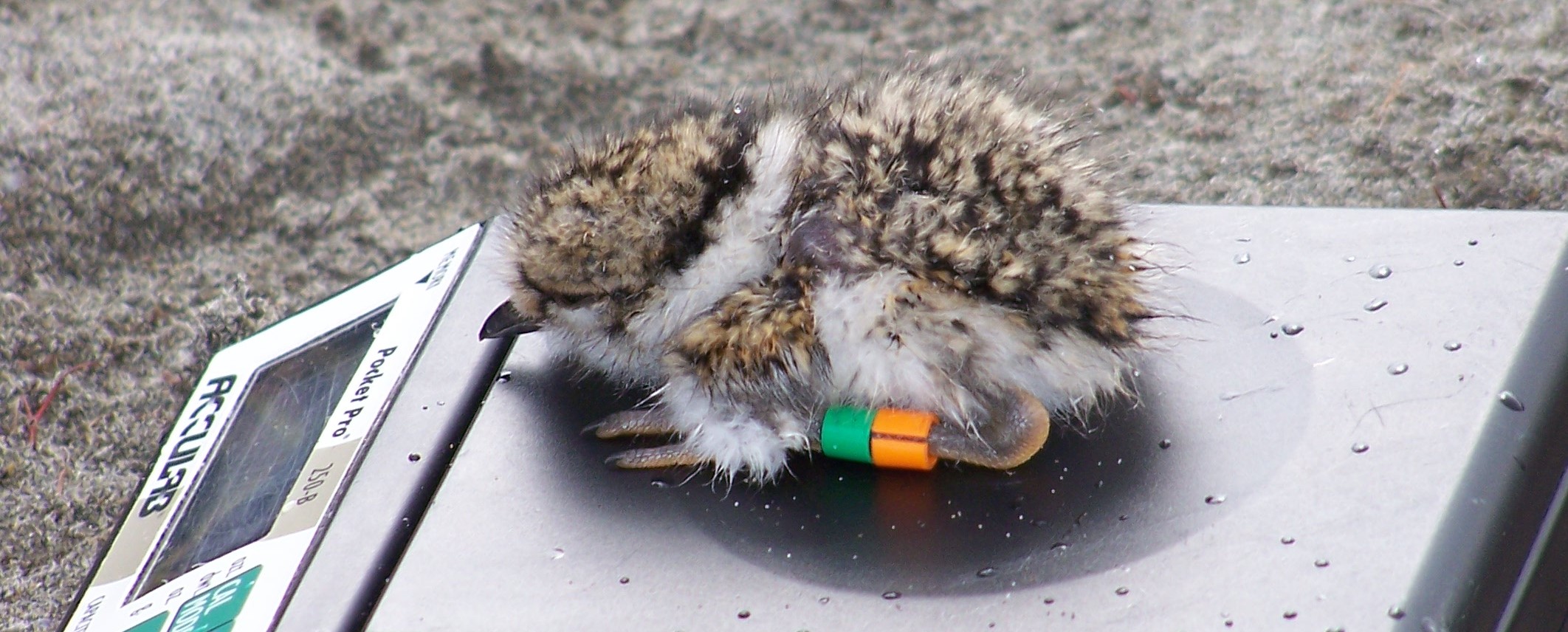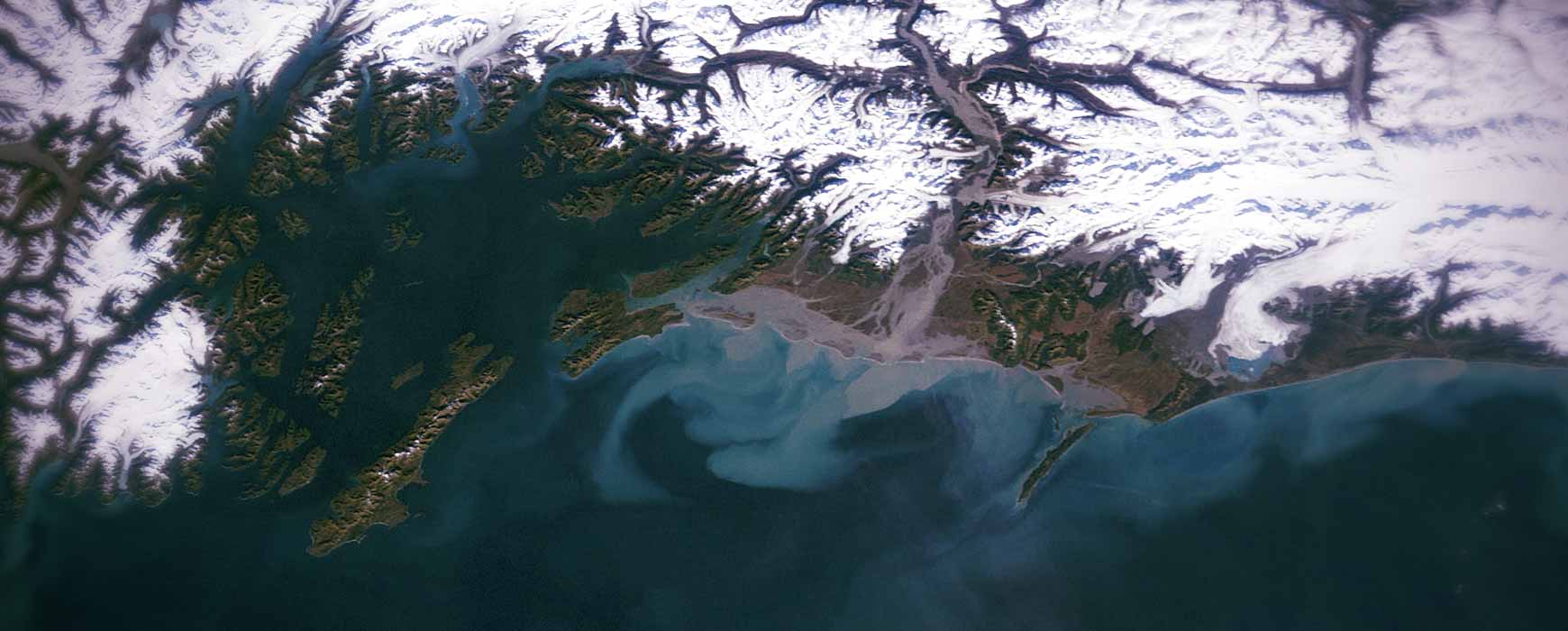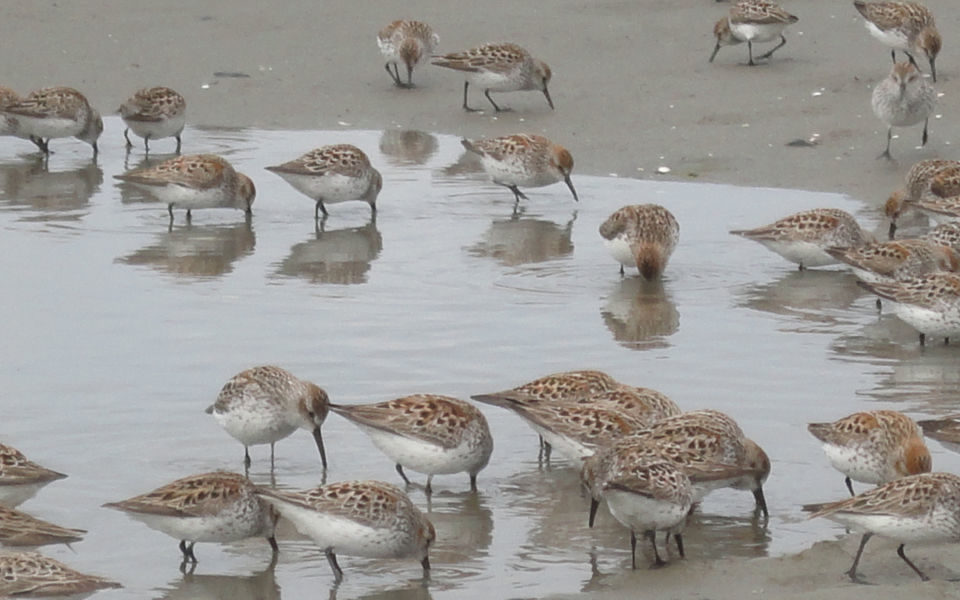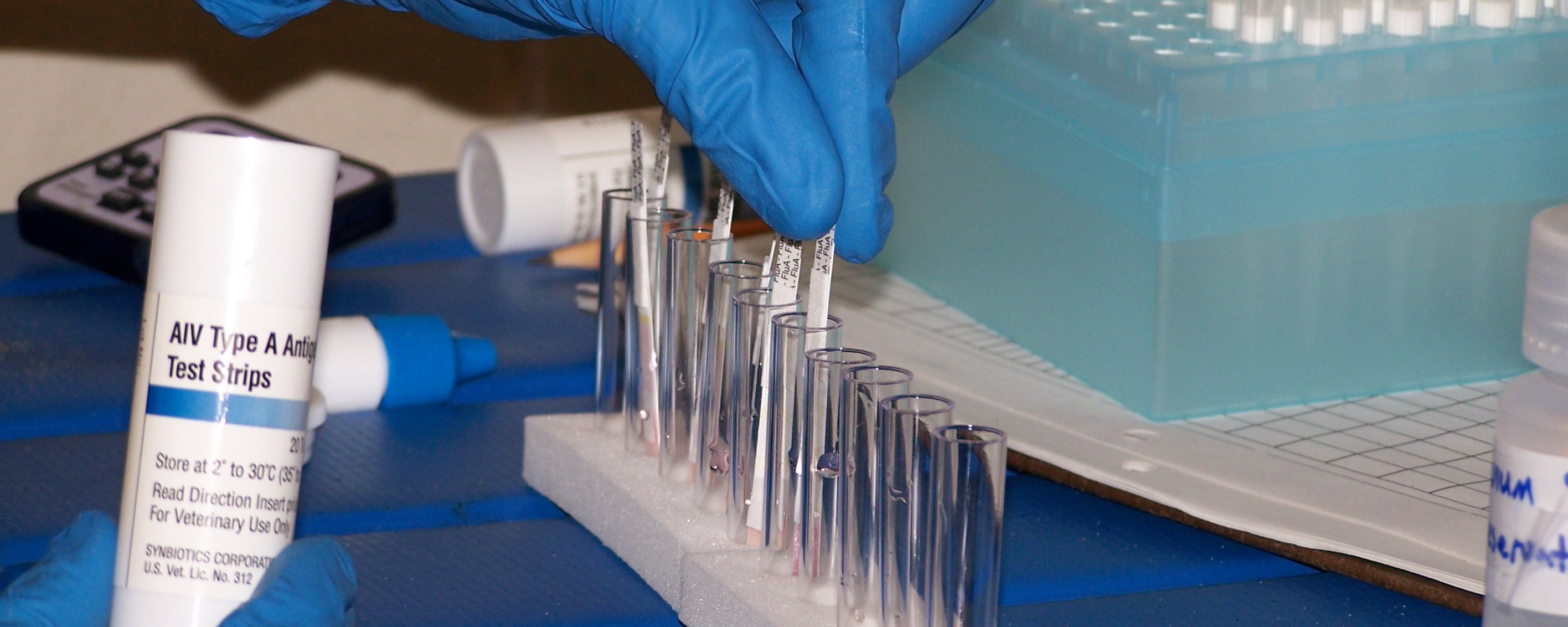Monitoring Shorebirds on Barrier Islands of the Copper River Delta

PROJECT
Monitoring Shorebirds on Barrier Islands
Background
Along coastal habitats of the Pacific Ocean, the majority of research on shorebirds has been conducted in protected waters such as bays and estuaries. In contrast, relatively little information exists on shorebird use of ocean beaches. The 80 km wide Copper River Delta is protected from the Gulf of Alaska by a series of barrier islands and spits. In 2005 and 2006, the Prince William Sound Science Center initiated the first comprehensive study of shorebird use of the Delta’s outer barrier islands.
MethodsExcept for aerial surveys, field work occurred at Egg Island, an uninhabited island on the western edge of the Delta. Thirty shorebird species were recorded on Egg Island’s outer beach and 24 shorebird species in the dune system (the uplands and wetlands between the primary and secondary dunes). In spring, migrating sanderling were the most abundant species during aerial surveys of the outer beaches and on beach transects at Egg Island. Transects in the dune system were dominated by pectoral sandpiper and least sandpiper. Similar to the Delta’s mudflats, the most abundant species in the island’s estuary was western sandpiper.
What we learnedCompared with spring, fewer shorebirds were recorded during southbound migration both at Egg Island and on aerial surveys of the Delta’s outer beaches. The most abundant fall shorebirds on the outer beach were least sandpiper and semipalmated plover, both local breeders. We monitored breeding and post-breeding residency and movements by semipalmated plover and least sandpipers nesting on the dune system of Egg Island’s outer shore. Least sandpiper breeding females typically left shortly after nest hatch, whereas males remained until chicks fledged. Compared with semipalmated plovers, least sandpipers left earlier, with all marked birds gone by mid-July. Marked semipalmated plover adults were no longer sighted by the end of July; marked chicks were observed through mid-August.
For further information, read the final report to the Alaska Department of Fish & Game here.PRINCIPAL INVESTIGATOR
Mary Anne Bishop, Ph.D.PWS Science Center
mbishop@pwssc.org
RESEARCH PERIOD
2005-2006FUNDING
Alaska Dept of Fish & Game Nongame ProgramPWS Oil Spill Recovery Institute




